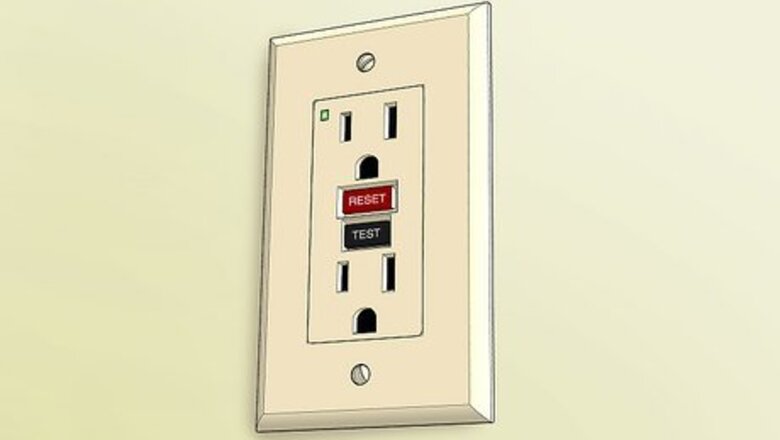
views
- GFI and GFCI outlets and breakers are identical; there is no meaningful difference between them.
- GFCI outlets automatically shut off the electrical circuit when they detect a fault or change in the electrical signal.
- AFCI outlets and breakers protect your circuits from arcs, which are strong electrical charges that can start fires.
- You must install GFCI outlets in any room where water may be present, including kitchens, bathrooms, basements, garages, and crawl spaces.
What is the difference between GFI and GFCI outlets?
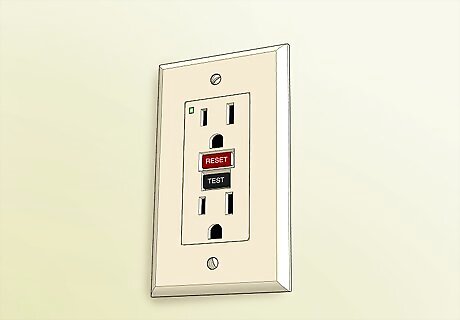
There is no functional difference between GFI and GFCI. GFI stands for ground fault interrupter, while GFCI is short for ground fault circuit interrupter, but even veteran electricians use the terms interchangeably. Practically speaking, both GFCI and GFI receptacles are designed to protect you from electrical shocks. They detect changes in amperage that shouldn’t be there and automatically shut the circuit down. If a circuit doesn’t have fault interruption and excessive charges aren’t stopped, they can shock you, start a fire, or cause permanent damage to your electrical panel. The two major types of fault protection are GFCI or AFCI, not GFCI and GFI. There is a technical difference between GFI and GFCI—one is at the outlet; the other is at the circuit breaker. Frankly, even professional electricians don’t treat this distinction as important since both the breaker and the outlet accomplish the same thing.
What is the difference between GFCI and AFCI outlets?
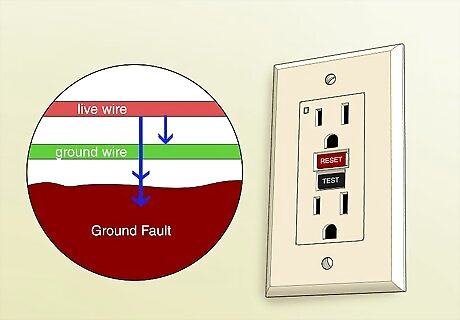
GFCIs protect circuits from any kind of ground fault. A ground fault occurs when electricity travels in an unintentional path between the power source and your grounded surface. Basically, if the electricity goes somewhere it shouldn’t, you have a ground fault. This is dangerous because it can cause unexpected spikes in electrical power, which can lead to shocks, fires, or wiring damage. Ground faults are most often caused when outlets are exposed to moisture or water, since water is an excellent conduit for electricity. If you look in your kitchen or bathroom, you will see a receptacle with a test and a reset button on it. That is the GFCI receptacle. It is in multiple locations of homes, kitchens, bathrooms, unfinished basements, and laundry rooms. It protects you from a shock.
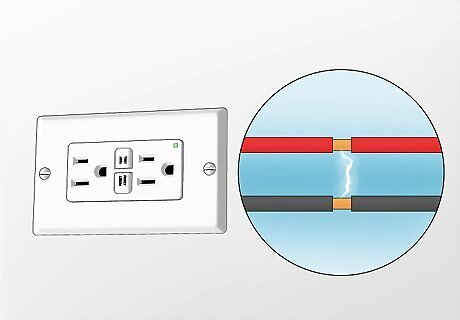
AFCI receptacles only shut circuits off if they detect an arc. An arc occurs when electricity jumps to another material. It could be a wire to another wire, or a wire to another material, like insulation or wood framing. Arcs are extremely dangerous, because they are likely to start a fire. AFCI outlets and breakers automatically detect arcs and shut the current off. An arc-fault circuit breaker trips due to arcs. Unless you live in a home that’s 30+ years old and the electrical panel has never been worked on, you should already have AFCI breakers in your electrical panel for all of your outlets.
Where are GFCI outlets required?
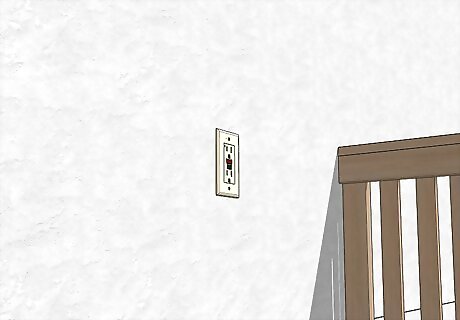
Any exterior outlet Even if they’re covered, all exterior outlets are supposed to be GFCI. Since it rains and snows outside, it’s important that these circuits are protected.
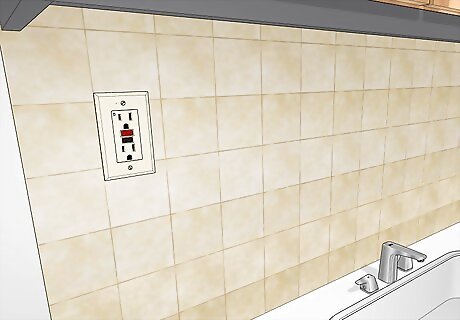
Kitchens, bathrooms, and wet bars Anywhere with running water lines or sinks should have GCFI outlets. As a note, you may not have (or need) GCFI outlets on the walls in the area surrounding your kitchen if you have a more open layout. They 100% belong on the countertop outlets, though.
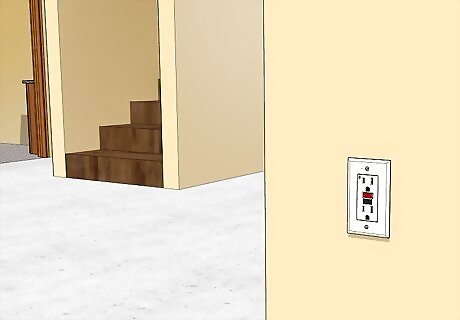
Basements Any room below grade is going to be especially prone to flooding or moisture. As a result, you need GFCIs in basements or crawl spaces—even if the outlets are nowhere near a sink.
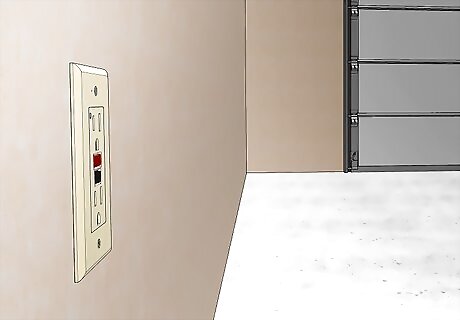
Garages and laundry rooms Outlets in garages and laundry rooms are often used to plug in high-powered appliances and tools, like irons, dryers, lawn mowers, etc. These items are more likely to cause a ground fault, so you need GFCIs there.
Where are AFCI outlets required?
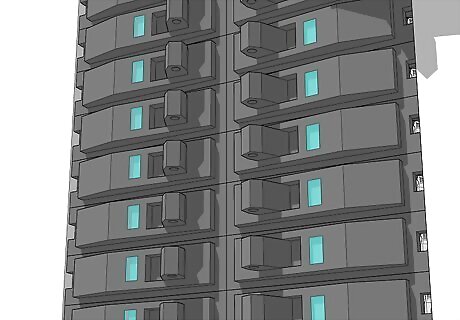
AFCI protection is required on all modern circuit breakers. AFCI receptacles can be installed on the back of an outlet, but you’re almost always going to find AFCI functionality built into your circuit breaker fuse switches. Go to your electrical panel and look at the labels. If you see a “test” button and/or there is a sticker labelled AFCI, you’ve got a AFCI protection. Again, it’s very rare that you come across an outlet or circuit that doesn’t have arc protection these days. Otherwise, you’d have a fire on your hands every time you nail a picture into a wall and nick a wire or get a mouse in your walls chewing on cables. There are a few states where AFCI protection isn’t legally required, but frankly, there’s zero good reason to build a modern electrical panel without arc protection.
How do I know if I have a GCFI outlet?
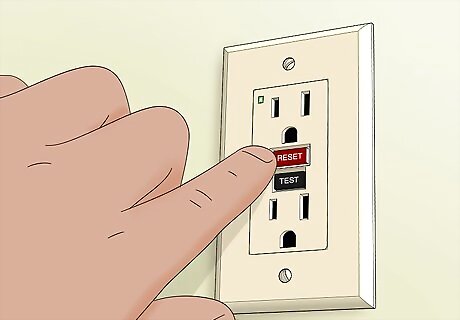
GCFI outlets have two small buttons between the prongs. The buttons are usually labelled “test” and “reset.” When a GCFI outlet senses a ground fault, it shuts the circuit off. The “reset” button allows you to manually turn the circuit back on. The “test” button allows you to check if the GCFI functionality works. Plug something in and press “test.” If the item doesn’t turn on, your outlet is working correctly! The buttons are typically red and black, but they’ll sometimes be the same color as the outlet for aesthetic reasons.




















Comments
0 comment